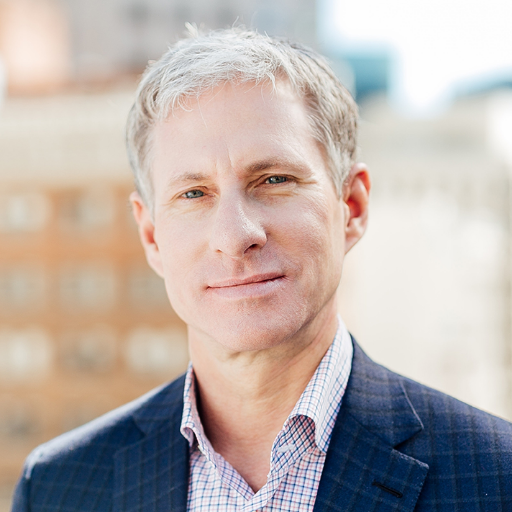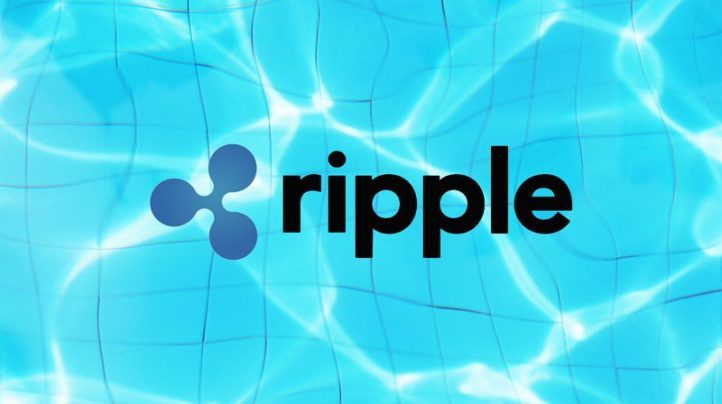The total digital currency industry amounts to over $600 billion, helping in the making of several new millionaires. One of the newest billionaires to benefit is Ripple’s former CEO, Chris Larsen. With a fortune amounting to a whopping $20 billion, Larsen’s revenue comes from XRP, which serves as the token of Ripple.
Ripple which he co-founded in 2012 with Jed McCaleb is a cryptocurrency based system that allows international payments. So how did this company that uses blockchain technology make Larsen a billionaire? Here’s the story of how Larsen made millions through Ripple and what the future holds for cryptocurrency.
About the Founder
Chris Larsen co-founded E-Loan in 1996, which worked as an online lender is the first company to provide free FICO credit scores. Within 4 years, Larsen grew the company and made it worth $1 billion. He then went on to sell it to Banco Popular in 2005. The next year he co-founded Prosper which he left in 2012, to co-found Ripple Labs Inc., which later developed Ripple. He stepped down in 2016, taking up the post of Executive Chairman. His stake in Ripple is estimated to be worth $37.3 billion, making him the 15th richest American.

Chris Larsen was born to a freelance illustrator mother and aircraft mechanic father in San Francisco. He obtained a BS in International Business from the San Francisco State University in 1984. Shortly after graduating, he started working for Chevron and then went on to do his M.B.A. from Stanford.
He and his colleague Janina Pawlowski, quit their jobs to found a mortgage company in 1992. By 1996, they raised $450,000 from friends and family and set up an office in Dublin. They made their E-Loan website public in 1997, and instantly tasted success.
By 1998, E-Loan was making $6.8 million annually and the company went public a year later. E-Loan was worth $1 billion by 2000, and in 2005 Larsen stepped down as CEO selling E-Loan to Banco Popular.
Larsen and John Witchel co-founded Prosper, which worked as an online auction marketplace like a Dutch auction system. He resigned as CEO in 2012 but stayed on as a Chairman. He then co-founded OpenCoin, which later became Ripple Labs, Inc. in 2013. Ripple Labs developed Ripple and by 2014, XPR was becoming a roaring success.
Making a Ripple in the Industry
San-Francisco based Ripple facilitates secure international transactions and has grown 30,000% between 2017 and 2018. Hence, it has now passed Ethereum and has become the second-largest cryptocurrency in the world. By 2017, XRP’s market share amounted to US$73 billion. The explosive growth of Ripple is due to the launch of futures trading on Cboe and rising investor interest in digital currency.
XRP started out 2017 with a price of $0.006 and ended it by growing over 38000% to become valued at $2.30. In Ripple, the currency is a part of the payment system, unlike other systems wherein the currency is King. Hence, as the payment system is as important as the currency, it makes the entire process a lot safer and very flexible.
Bringing in the Big Bucks
Larsen’s company holds over 61 billion of the total 100 billion XRP in circulation, making him one of the richest people in the world. His 17% stake in Ripple led to him being a part of Forbes’s list of richest people. The company is worth more than $410 million and has over 100 esteemed customers including the likes of Mitsubishi Financial and Bank of America.
The current CEO, Brad Garlinghouse, holds 6.3% stake in Ripple, making him worth nearly $10 billion. Jed McCaleb also served as a co-founder of Ripple but left in 2013 with 5.3 billion XRP.

Being a cinephile with a love for all things outdoorsy, Athulya never misses a chance to chase inspiring stories or poke fun at things, even when the subject is herself. Currently pursuing a degree in mechanical engineering, she is someone innately interested in technical and scientific research. Music reviews and op-eds define her as they allow her to explore different perspectives. Though sometimes she thinks she makes more sense playing the guitar than she does while writing.
